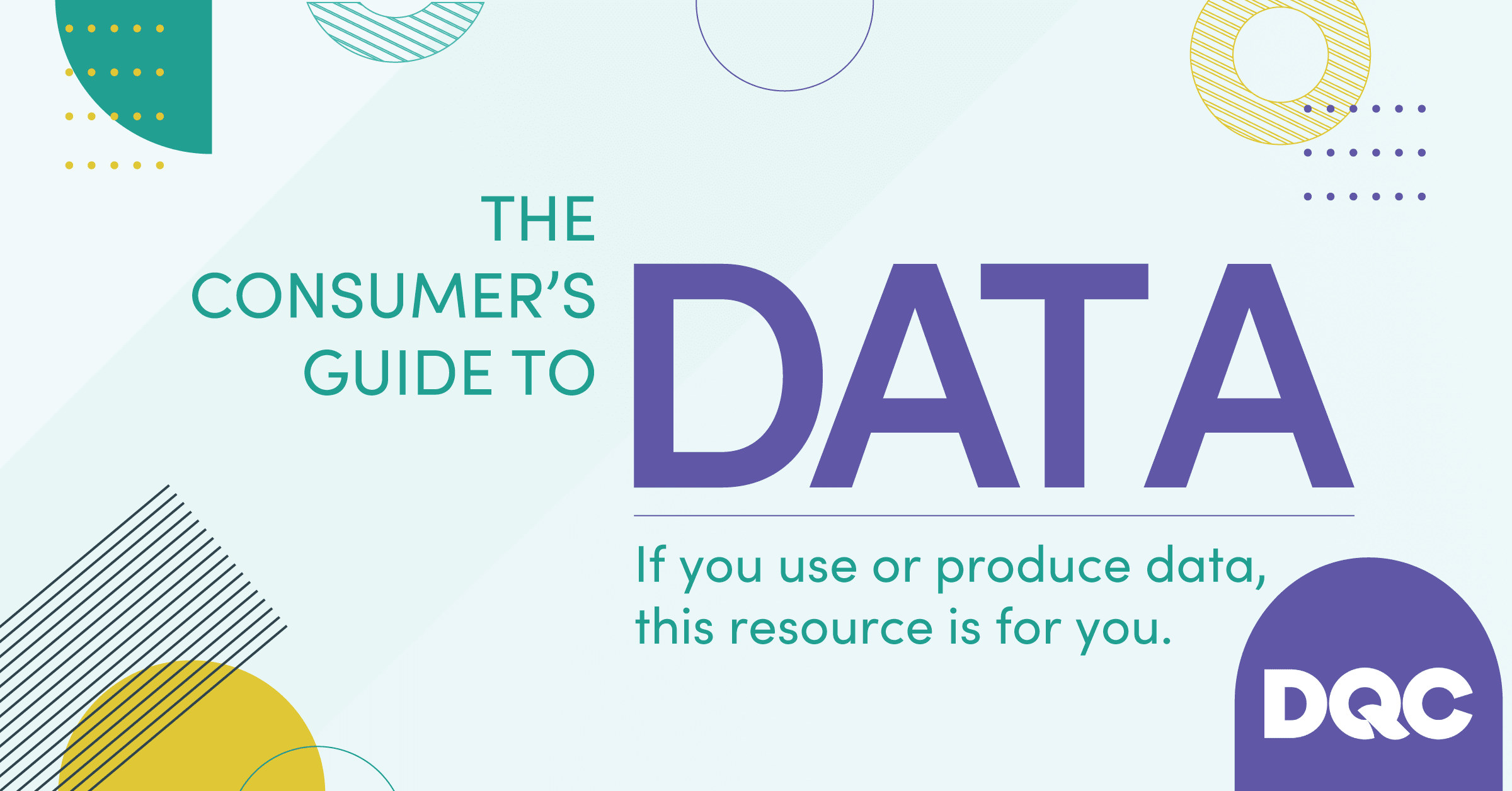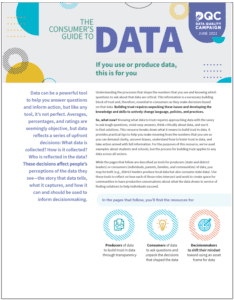Data reflects a series of decisions made by people—and those decisions affect the story that data tells, what it captures, and how it can and should be used to inform decisionmaking. Because of this, mistrust in data is often the result of incomplete information and a lack of context.
The Consumer’s Guide to Data provides tools for producers (state and district leaders) or consumers (individuals, parents, families, and communities) of data, but you may be both (e.g., district leaders produce local data but also consume state data). Stakeholders at all levels can use the information in this resource to do their part to build public trust in data. Read the full resource for more details.
A Producer’s Guide to Building Trust in Data
Mistrust in data is often the result of incomplete information—and states (i.e., data producers) can overcome these barriers by proactively sharing the context, proximity, and framing of data.
Context
No single data point or measure can paint a complete picture of what’s happening in schools. That’s why context is necessary to determine what the data really means and how to act on it. Without context, consumers are set up to jump straight to assumptions about what the data means and are not positioned well to act.
Proximity
Consumers’ trust in data diminishes as they move farther away from the source of the data. The Data Quality Campaign’s national polls of parents consistently show that parents trust teachers the most to collect and use their child’s data—much more than state departments of education, which have less proximity to the classroom.
Framing
People want data framed in a way that maximizes their ability to be successful (e.g., focusing on their assets) and doesn’t increase existing challenges (e.g., focusing on any deficits). Data that is asset framed engenders trust.
A Consumer’s Guide to Becoming Data Savvy
To be a critical consumer of data, ask questions about how data is collected, communicated, and consumed.
Collected
The data you see reflects a series of decisions made by people (e.g., legislators, agency policy and information technology personnel). Leaders in your state make decisions about what data to collect, how to define it, and who is (and isn’t) included in the measure. Knowing all the steps that were taken will help you understand the context behind each number.
Communicated
Data does not create meaning; people create meaning. Examine how data is communicated to determine if the narrative being presented reflects the truth as you know it and captures the complete story. Too often, data can be used to confirm existing narratives instead of to objectively inform.
Consumed
Data use (i.e., consumption) drives quality. When data is shared, the public has a vital role to play in the auditing process—identifying errors and missed opportunities—and ultimately, ensuring quality. A new data collection generally takes two years to produce high-quality information for consumers through this public audit process, and it’s important for consumers to voice the issues they see.
A Decisionmaker’s Guide to Asset Framing
Data reflects a series of decisions made by people. And the way data is collected and reported gives insight into what leaders have prioritized, their attitudes, and often, common stereotypes that are ingrained in how people have collected data in the past.
Thinking About Asset Framing
Conversations about asset framing help leaders at all levels change narratives and reframe their goals. These conversations can also help reshape attitudes about their role in educating students. While doing this work, it’s important to recognize that data is often about students and student performance, but students are not often the actors who can change their circumstances.
Describing a student as “at risk” starts the conversation with a deficit frame, with challenges to overcome. Describing this same student as a student “who aspires to go to college” recognizes that this student has strengths, or assets, that should be explored.



